The first build we did was our ‘standard’ breathability test build. This uses a Rampage V Extreme with a Watercool cpu block, an EK DDC 140 XRes pump and reservoir, and an EK PE 240 radiator. A big thanks to Asus, Watercool and EK for sponsoring these components.
We decided to mount the radiator in what we thought was the most likely default location. This meant that it was mounted as an exhaust – using warm air from inside the case. We ran the fans in pull, though it wouldn’t matter much to run them in push either.
The DDC XRes was mounted to the quick release fan mount using an EK Uni DDC adapter. This adapter is quite inefficient space wise and meant that we had zero clearance between the pump body and the 7970 graphics card:
The end result appeared satisfactory and did the job. The cable routing on the rear was tight, mainly because of the choice of location for the SSD:
A 3/4 way GPU build would suffer from cable routing issues we suspect.
In addition although large PSU’s like this 1300G2 are supported there is not much room in front of the PSU left:
It’s also noticable that the PSU is resting on the chassis without any rubber strip to isolate it.
The total chamber length is just over 255mm:
The other disappointment about the PSU is that the mounting screws are silver when every other screws is black. There are also only mounting holes for three out of the four screws:
After tidying up the build we then launched a Prime95 run on the stock 5820K and let it run for several hours to make sure the temperatures were suitably settled. The CPU temperatures were averaged over an hour. The ambient temperatures at the inlet to the case (the bottom 240 mount) were also measured with 6 temperature probes and averaged. The coolant temperature was also measured. The coolant to ambient delta and the cpu to ambient delta are then our thermal performance metrics for the “breathability test” and can be compared to some other cases setup with the same hardware and cooling. Let’s start with the coolant:
The 909, like the 530, used an exhaust setup whereby it receives air into the radiator that has been warmed by the inside of the case. It will never be that close to a perfect air bench because of this. However it’s 2C worse than the 530. This is probably because the 530 has a front mounted 200mm fan to force air into the case. The 909 by contrast is setup with no intake fans and given that it’s using a 240 rad mounted to a 360 mount it can also recirculate air from intake to exhaust through the unused section of the radiator mount.
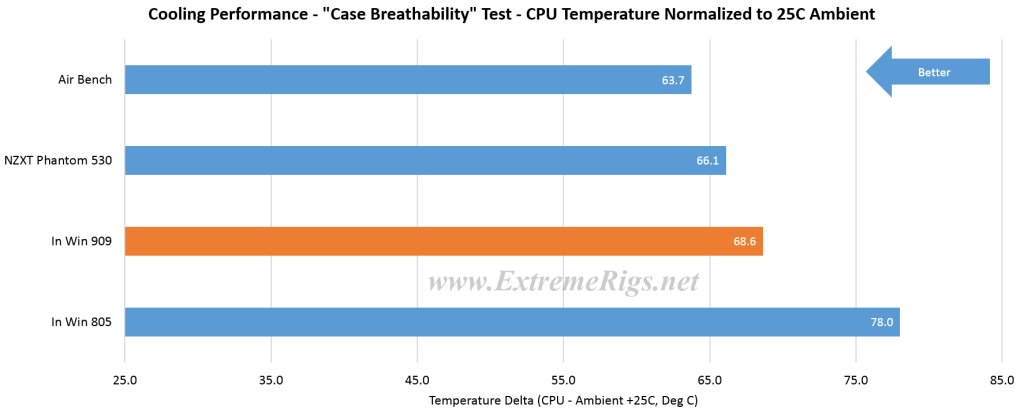 As expected the coolant deltas have a direct linear effect on CPU temperatures. No doubt with a more optimal cooling setup the 909 would do a lot better, however this is an attempt to show how “breathable” cases are when they are setup with a standardized loop out of the box. So airflow wise the case is a bit restrictive as we might expect, but nothing like the 805 that really concerned us.
As expected the coolant deltas have a direct linear effect on CPU temperatures. No doubt with a more optimal cooling setup the 909 would do a lot better, however this is an attempt to show how “breathable” cases are when they are setup with a standardized loop out of the box. So airflow wise the case is a bit restrictive as we might expect, but nothing like the 805 that really concerned us.
Now let’s take a look at a more representative setup that an end user might use. In a case like this there are only two useful radiator mounts – the rear 360 and the bottom mounted 240. We’ve discounted the front mounted 280 radiator because it will struggle to get air just like the In Win 805’s radiator mount.
Given that the 240 runs as an intake and the 360 as an exhaust then the effective setup is more like a single 360 radiator in push/pull. Therefore we might expect temperatures to suffer a bit because of this.
For our “typical” setup we are going to use an overclocked 5820K and a dual graphic card all in one loop. We are using the same DDC pump/reservoir. The 240 we use is the same EK PE series – this only just fitted in the bottom of the case and we would recommend something slimmer. Indeed if you use both of the quick release fan mounts then the radiator will not fit:
Instead you have to only use one of the mounts and offset the radiator to fit. The PE only just fits in the space and there is zero space between the motherboard and the fans.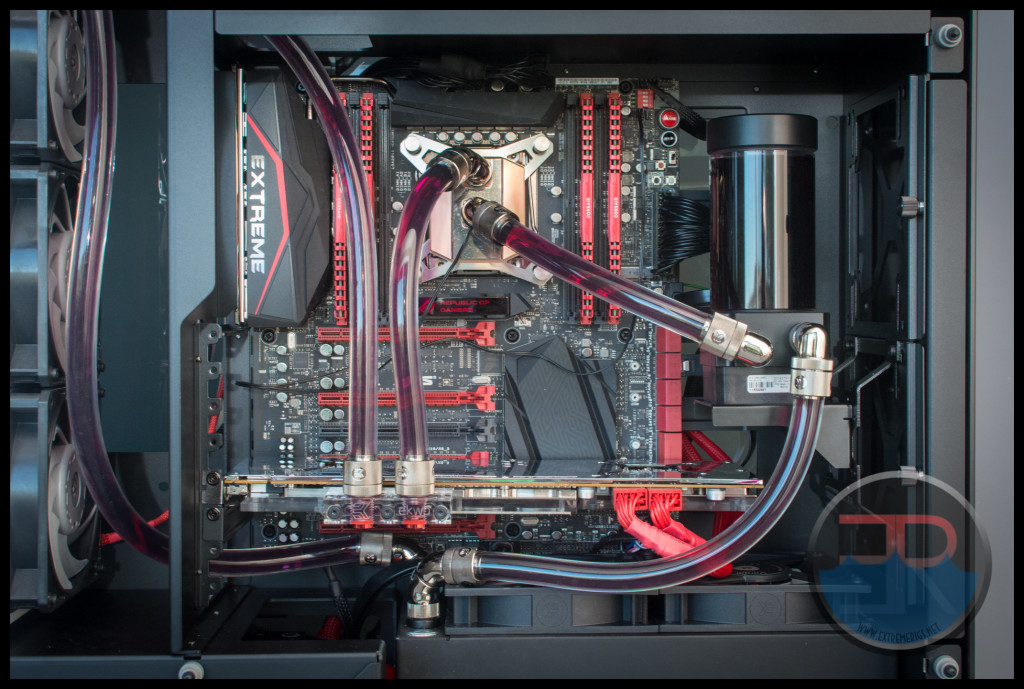
For the rear radiator we used a thicker 60mm Alphacool UT60 radiator. The white UT60 was chosen so as to see how black vs white components looked differently behind the smoked glass.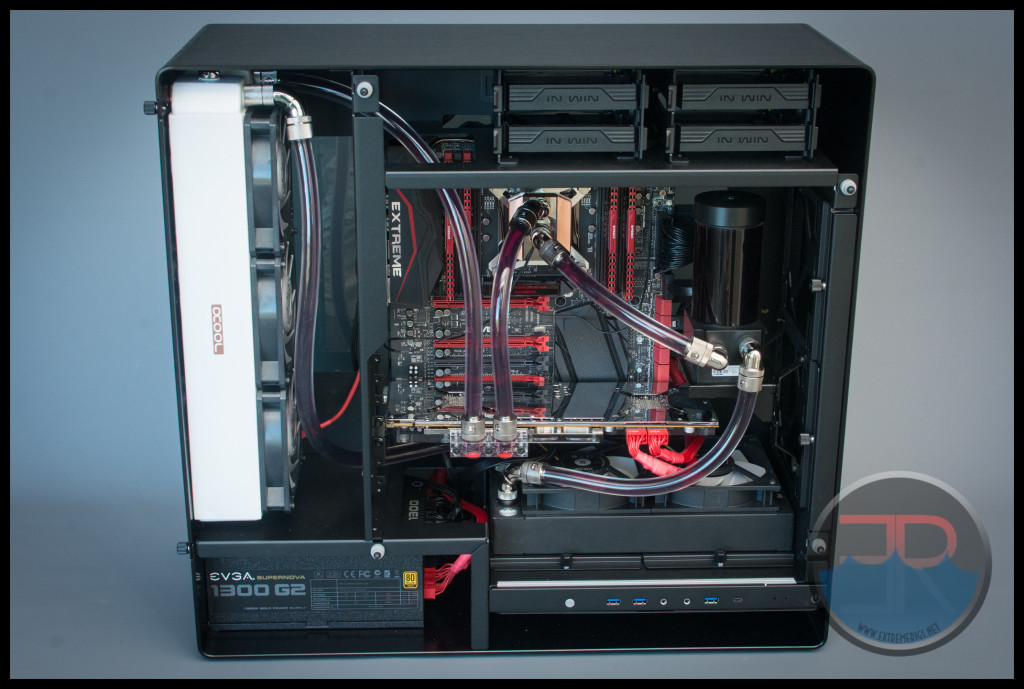
There are plenty of tubing routing options so the case is really quite easy to build in. The hardest part was trying to fit the 240 in the front mount.
Note that the long 7990 card had to be put in PCI slot 3 in order to avoid hitting the pump.
For thermal loading we decided to try something we thought would be representative of a typical “gaming” load. We ran the Unigine Valley benchmark on the GPU, and in order to increase CPU loading we ran a 2 core prime95 run on the CPU simultaneously. We then measured the coolant temperature relative to ambient air temperatures. For fans we used a mix of 1850RPM Gentle Typhoons and EK’s 1850RPM Vardar fans at maximum speed.
A coolant delta of under 6 degrees for a typical “gaming” load with 2 gpus is great. Even if we doubled the power load the coolant delta wouldn’t be too high. Therefore despite our skepticism the case seems to cool well enough and can be considered good enough for real water cooling.
Let’s take a look at that white radiator through the glass:
If you can ignore the reflections, then the white radiator can be clearly seen. The main chamber is almost invisible without any lighting though.
Comparing to the black radiator – which almost can’t be seen:
Now let’s take a look at that built in LED lighting. In our case the switch for the lighting was unplugged, however plugging the molex in turned the LED strip on anyway.
However the IO panel is easy to remove as it is held in by four screws:
We were able to find the offending cable and plug it back in:
Then the lights worked. The switch on the front moves between two different modes – the first starts off with a “knight rider” style strobe back and forth before staying on permanently:
The second mode is more of a heartbeat style effect. The entire bar dims up and down slowly:
The light bar is never that bright, particularly when it’s behind the glass. It’s more of a standalone feature than something that can light up the inside of the case effectively.
Lastly let’s take a look at some builds that modders have done with the 909. First off is one from EK’s Derick which packs three radiators in:


Next up – davido_labido’s Project Unity for Asus:

In Win’s own example build is a little strange simply because it’s not using the default rear radiator mount:
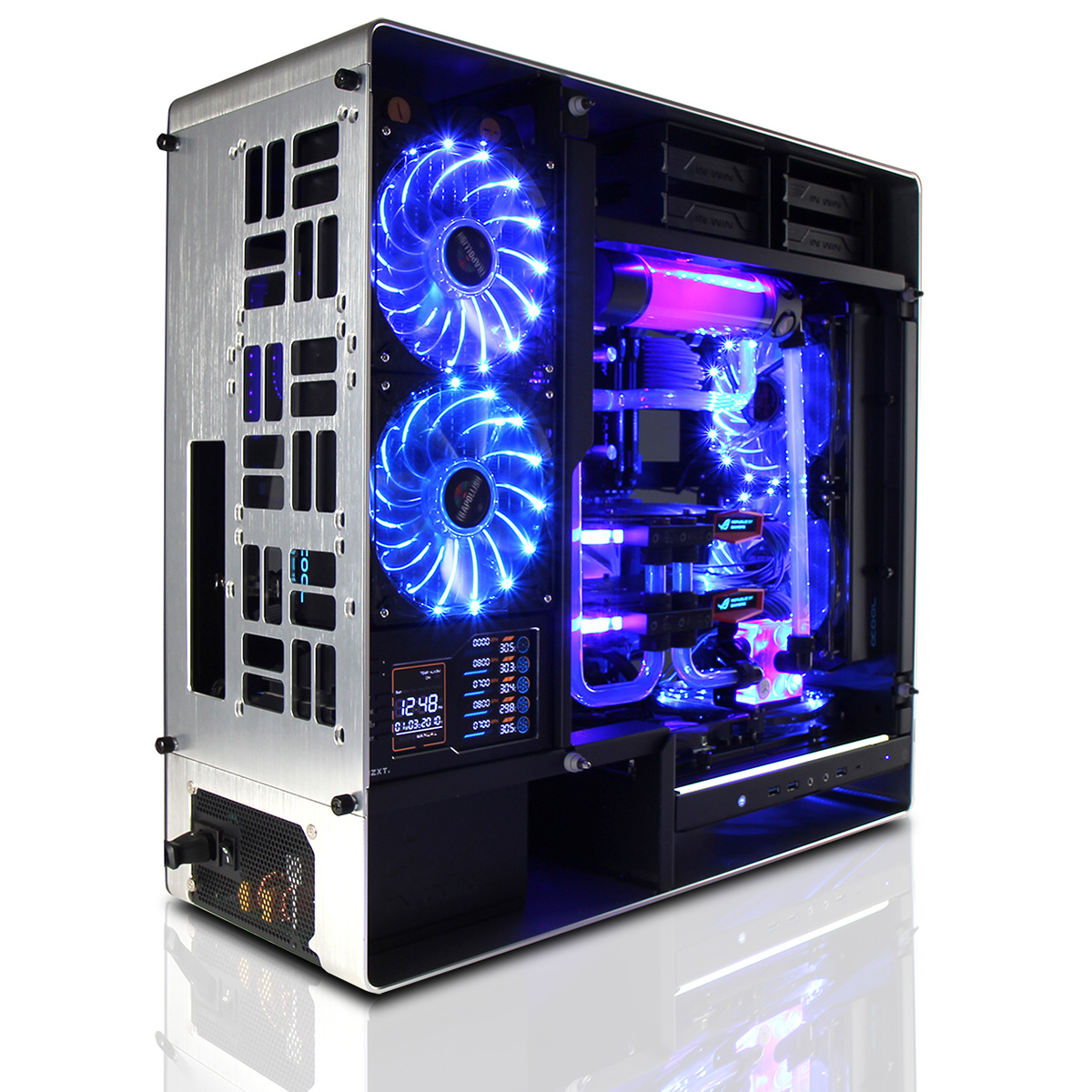

Time for the summary!







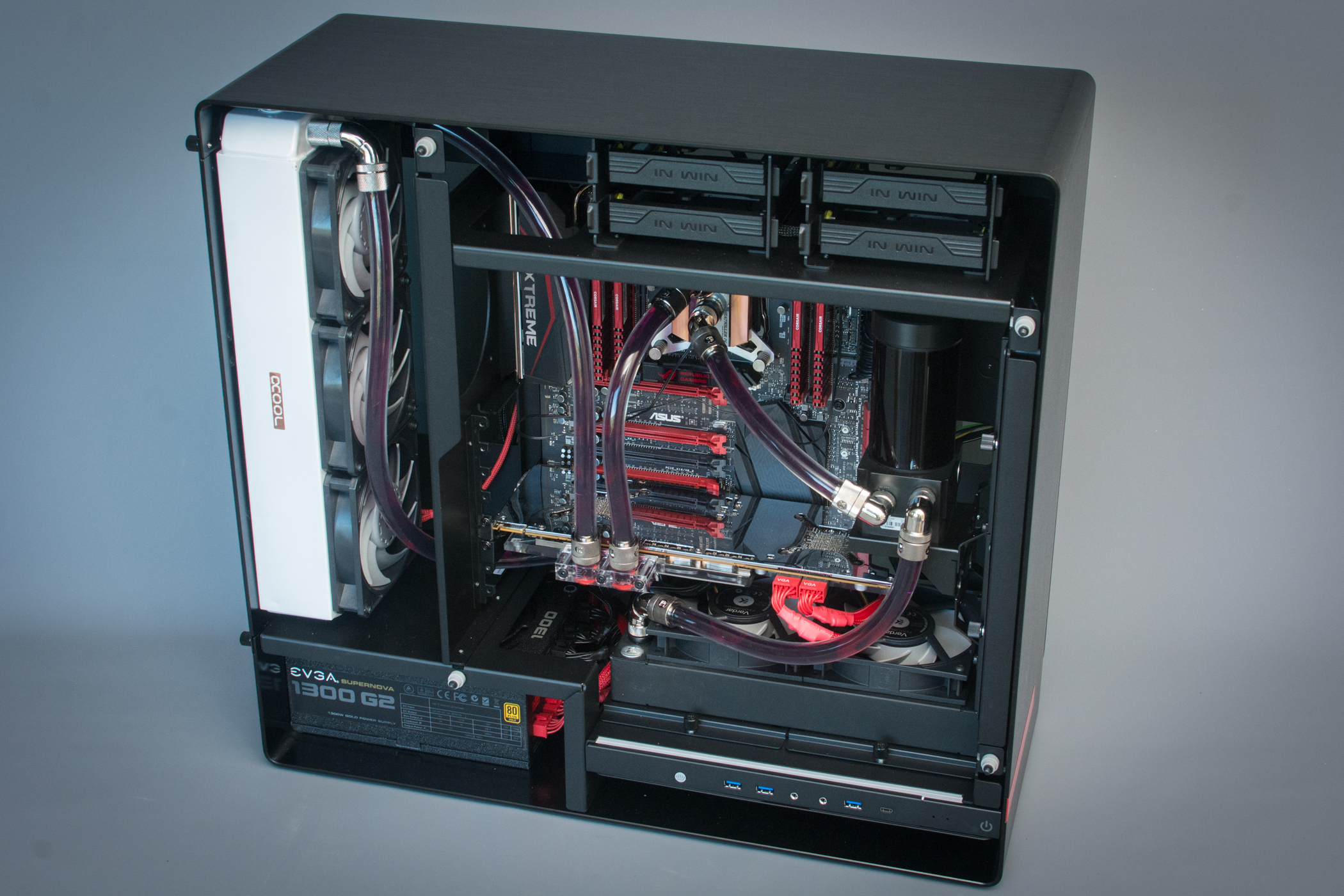
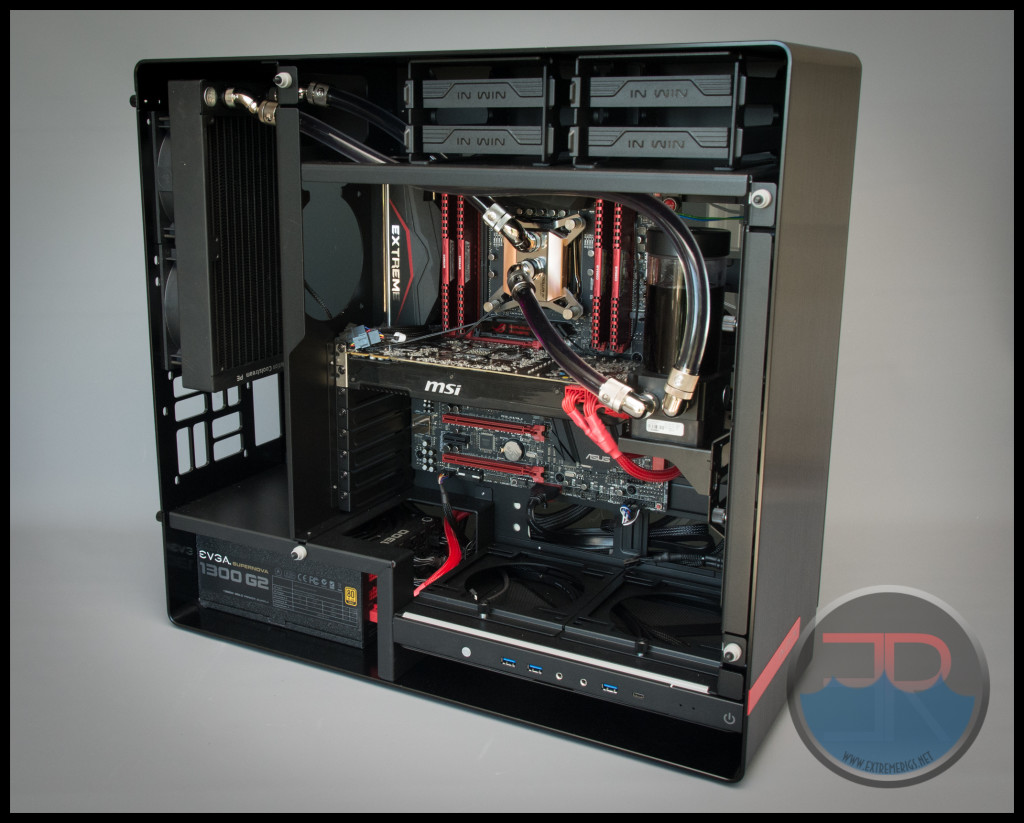
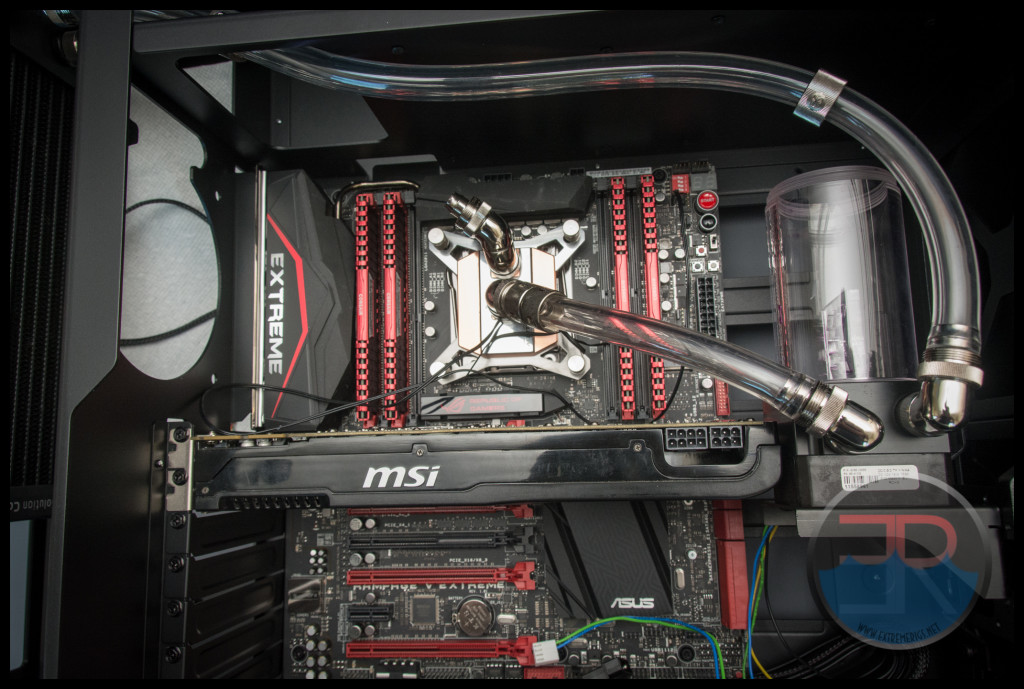
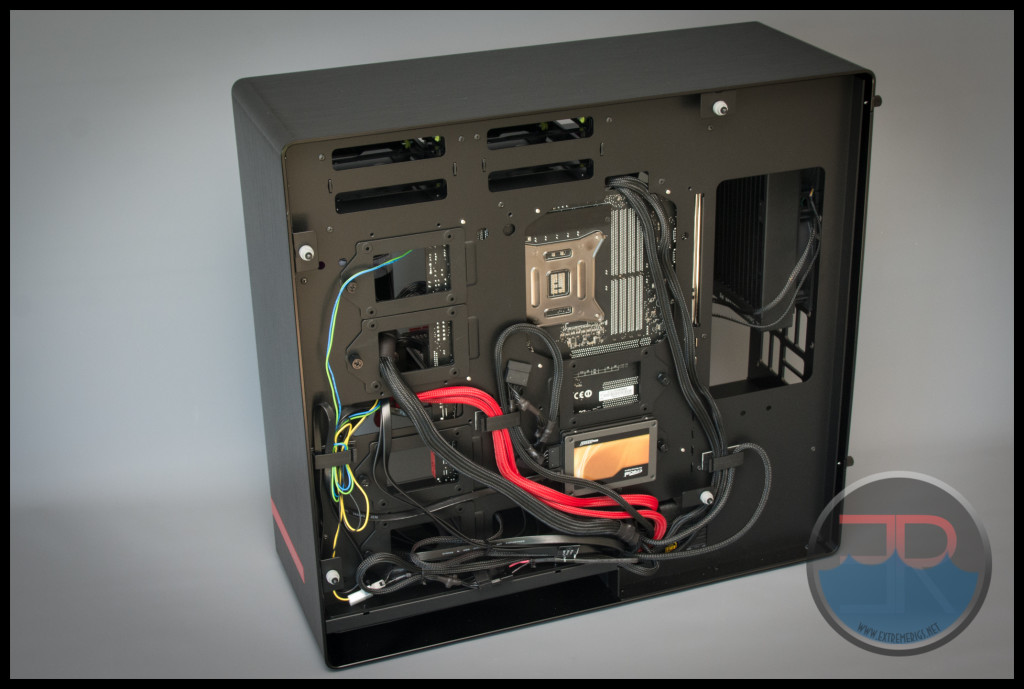
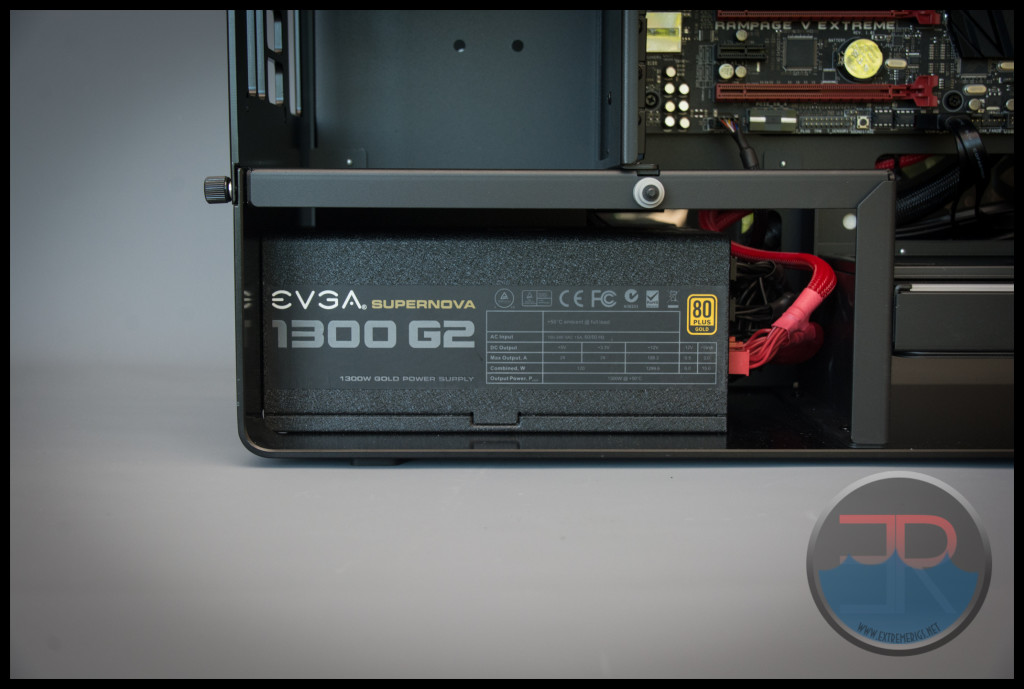
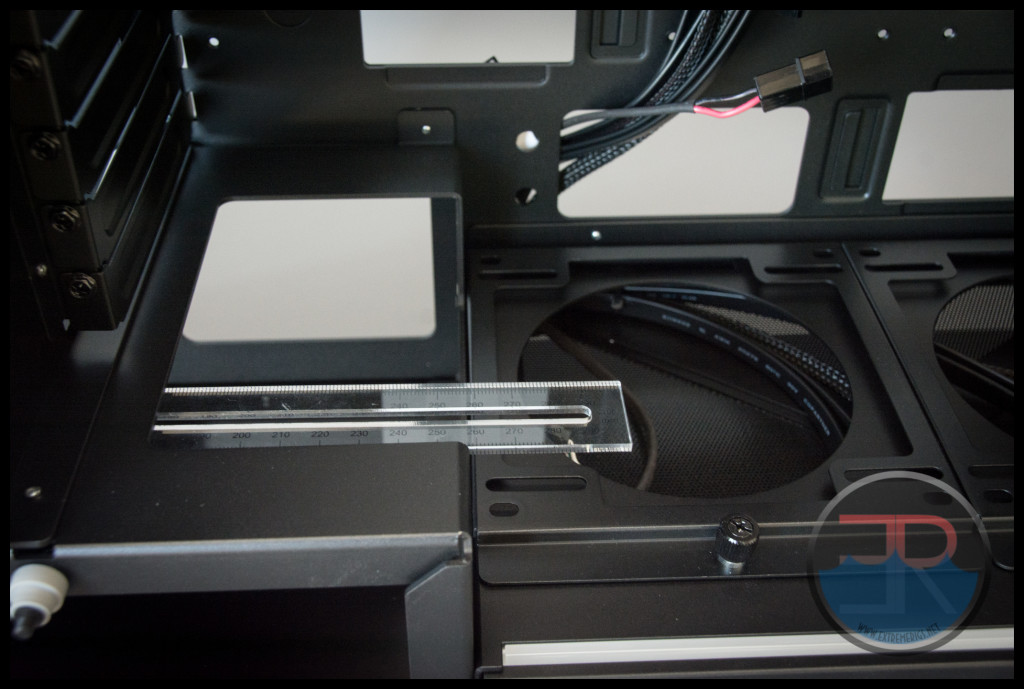
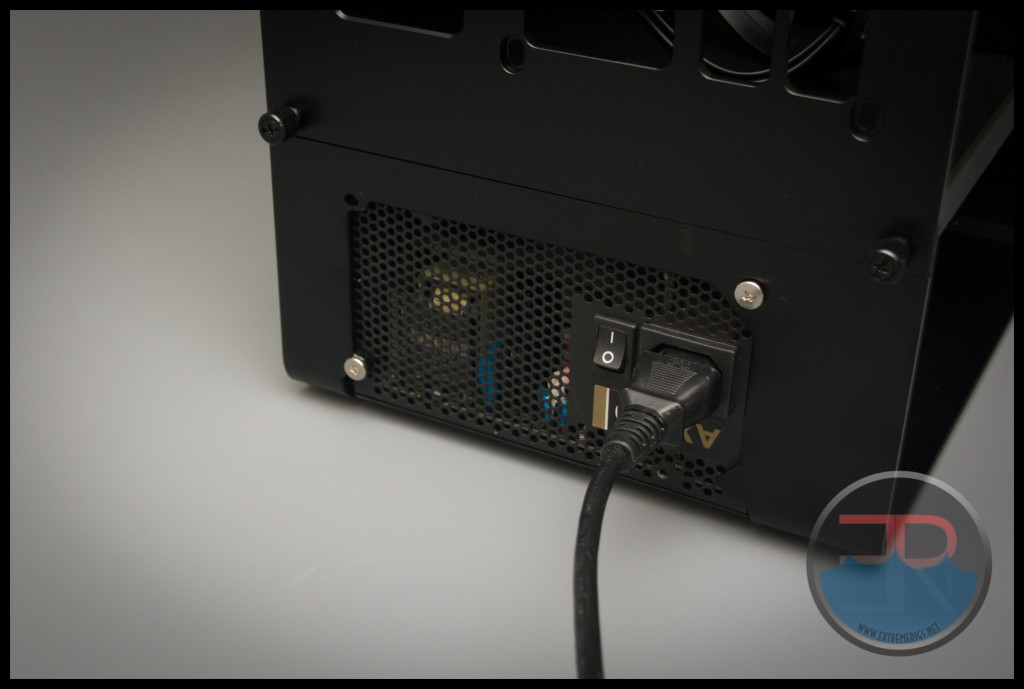
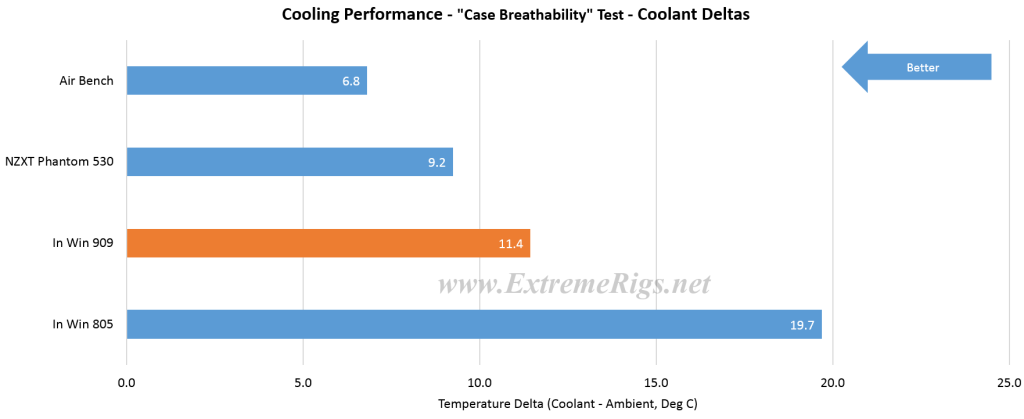
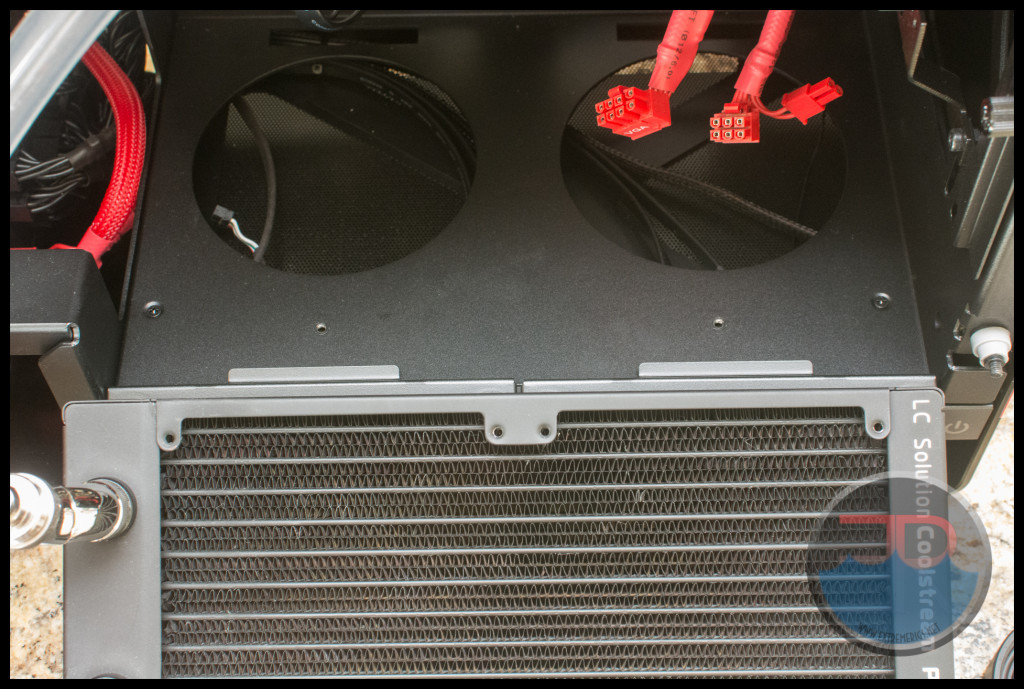
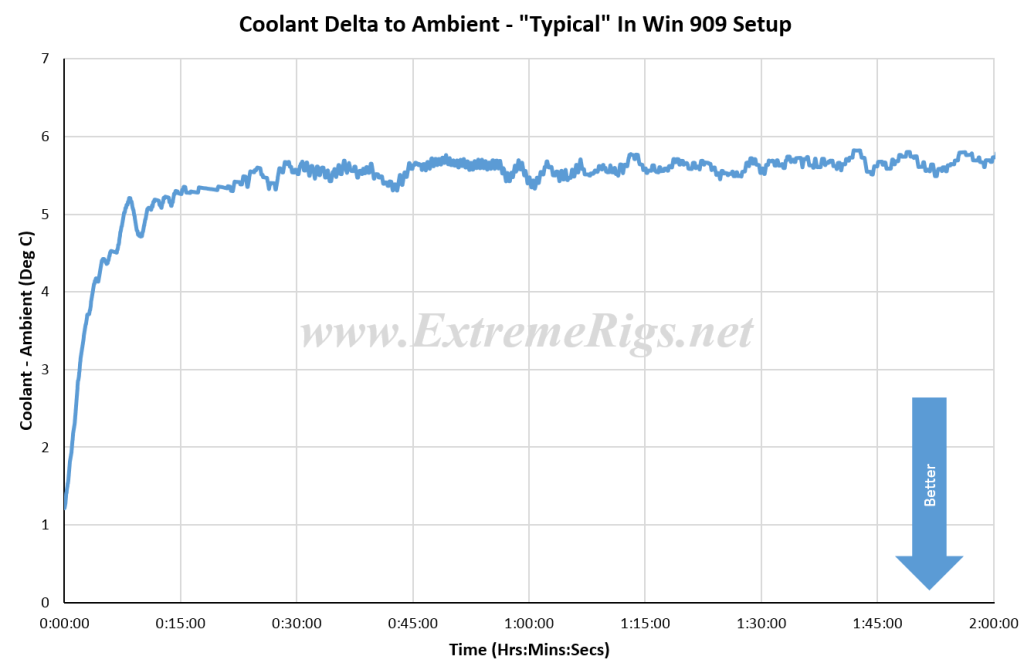
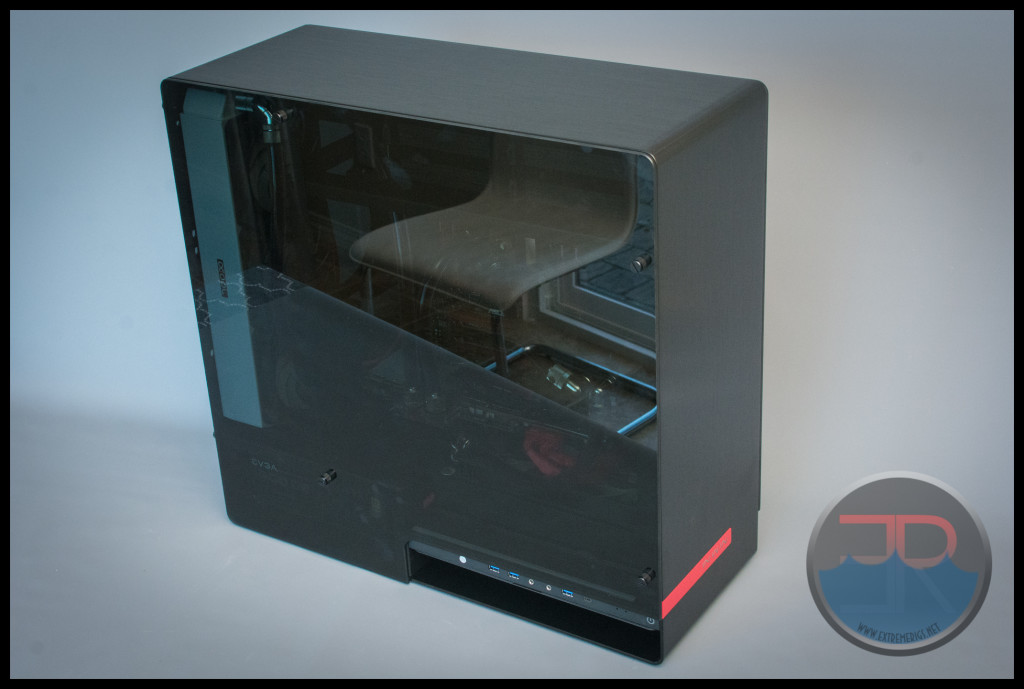
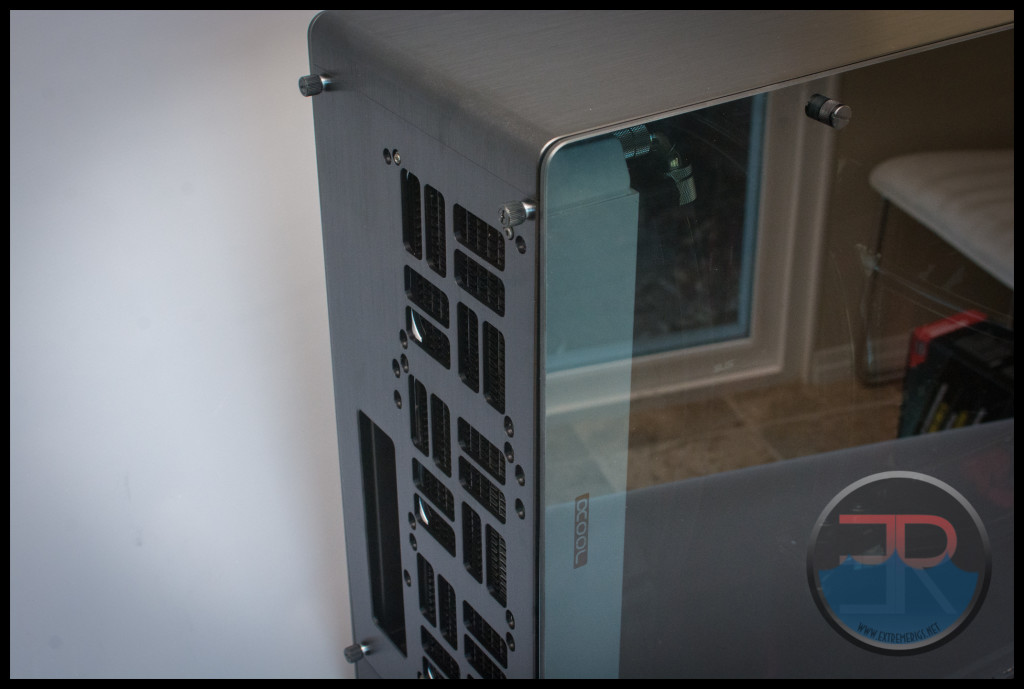
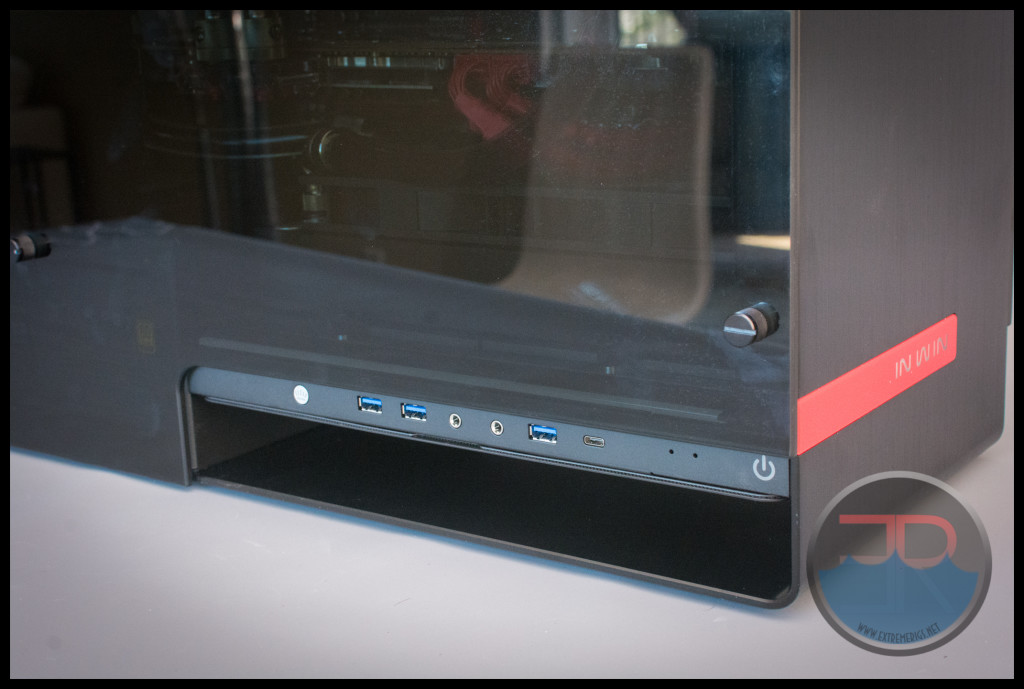
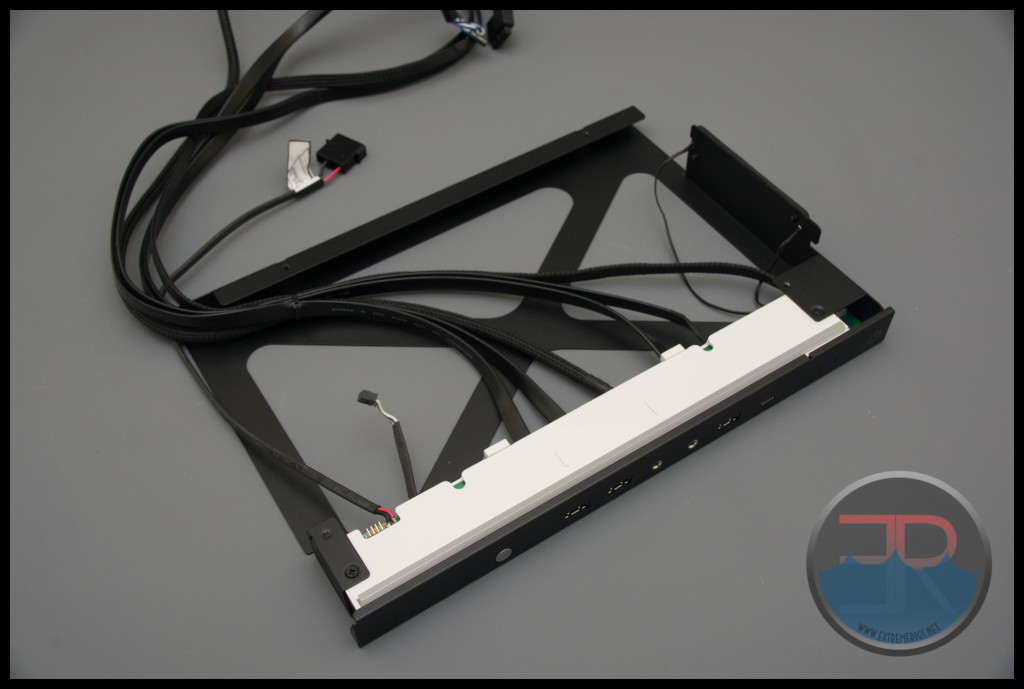
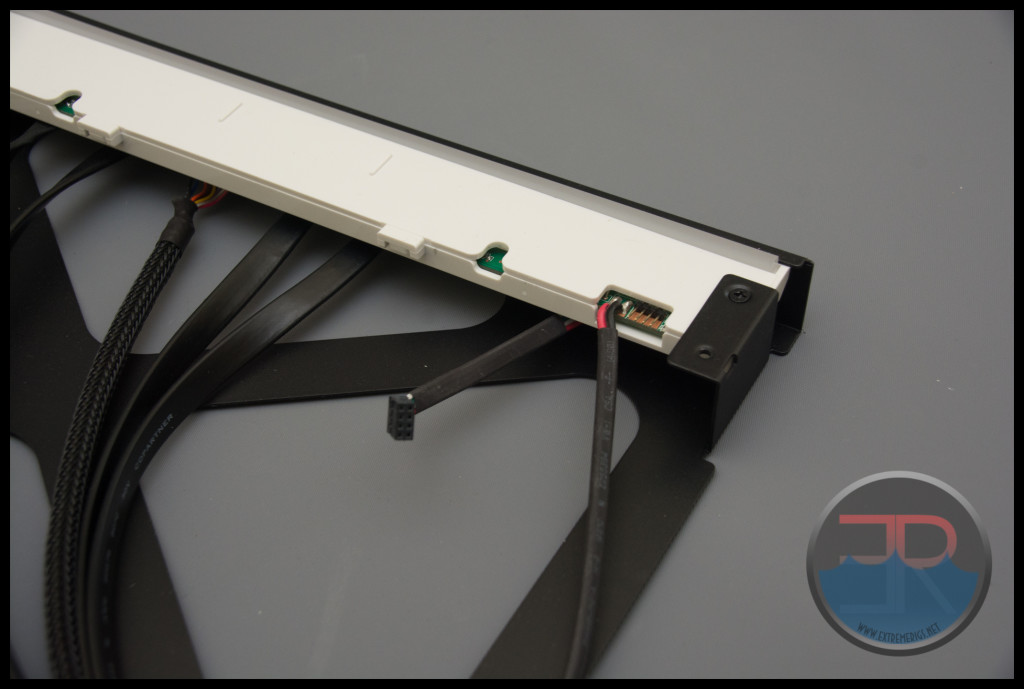
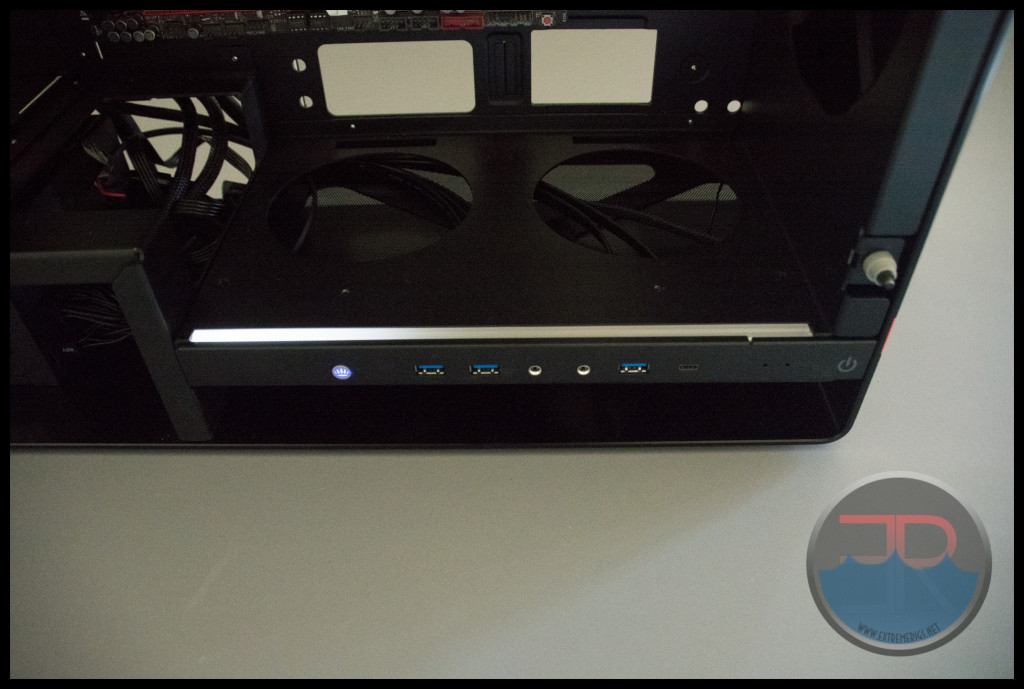
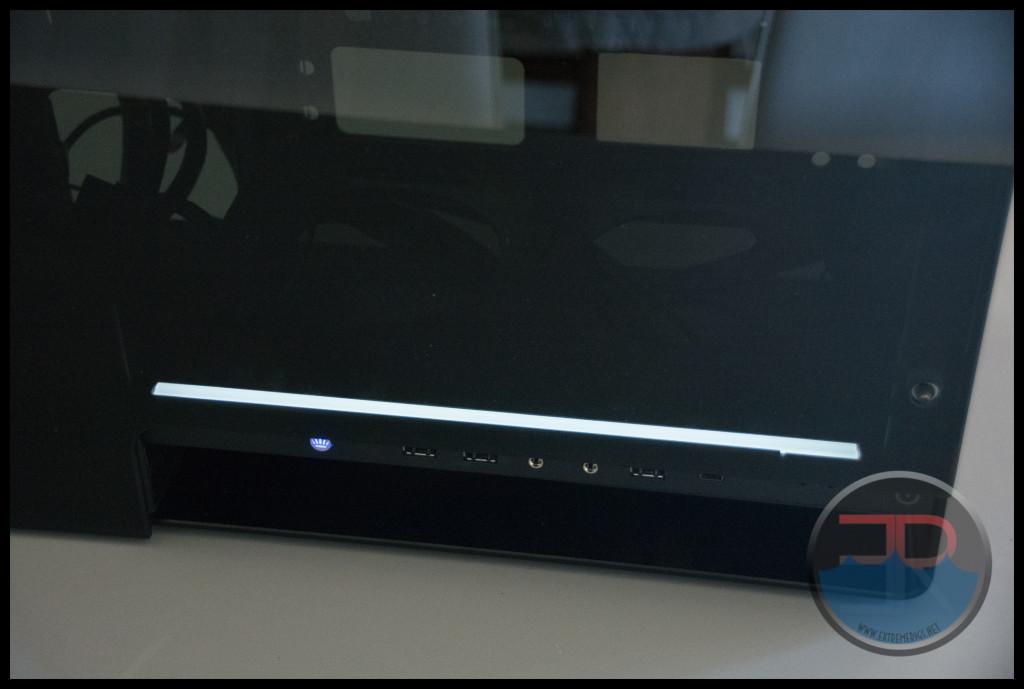



That’s a very nice case and I’m probably going to build by next computer with that. But I have 2 questions.
I’m going to have 2xMSI 980 Ti LIGHTENING SLI in the computer, which is a tri slot card. What exactly is the problem that I will run into if I mount one of them at the lowest 2 slots? Is is possible to stuck it in there with some slight mods?
Also, is it possible for me to mount the PSU in the HDD compartment at the top? Thanks
If they are a full three slots then no, if they are 2.5x then they might work 🙂
PSU, haven’t measured, but yes maybe, worst case you might have to mod it a bit 🙂
Thank you for this review. I actually ordered this case prior to reading but you gave me some ideas for designing my loop. Question – how would I remove the HD bays – they take up space (as you noted) and it would be great for the reservior.
I believe they screw in from the underside, i.e. the top panel of the motherboard chamber 🙂 I’m out of the country right now so can’t check sadly.
I am actually building on one of these cases now. I have two questions;
1. Is the IN WIN front logo supposed to light up? I can’t figure out if I have one of the LED plugs plugged in wrong or if it doesn’t come on until after post or… not at all. My Side LED works with all of its flashing glory.
2. What are the clearances on the top and bottom of the Main Motherboard Bay with a 280mm radiator? I’m attempting to put a custom water reservoir on the bottom that comes flush with the PSU cover.
1. – Yes – although my side LED strip had managed to unplug itself in shipping, so you may want to poke around where all the wires come out to see if you have a loose cable in there.
2. top and bottom? Do you mean the side of the board? The bottom I think you’d be best off with a very slim/narrow 240 at the bottom. I was able to fit an EK PE radiator in there, but that’s really the limit and it was already causing some interference getting in the bottom cables to the motherboard. If you want an easy life I’d suggest something like an EK SE radiator (narrow/slim) or a Hardware Labs Nemesis GTS N series (narrower version than regular GTS – Same as Bitspower Leviathan Slim). For the front mounted 280 – you won’t get a lot of air to the rad so the size isn’t critical and the space you have for it also depends on if you’re getting a super long GPU or also trying to mount a Pump in there. If you’re not running a super long GPU or pump in that area then my guess would be that a 60mm with push only fans would be ok. Let us know how your build goes!
Hi, am in the processing of designing my own 909 build, and I was wondering -> is there room for a push/pull configuration in the back radiator block with a 60mm thickness radiator?
I was thinking it looks quite tight, but if you abandoned the bottom fan (where the gpu might be), you might be able to get away with it… thoughts?
I haven’t measured it but yes I’m pretty sure you can do 60mm with push/pull 🙂 The review has a 60mm UT60 in there and there’s definitely space for a 2nd row of fans. Worse case you might need some cable adapters I suppose 🙂
I appreciate the response; I’ve since put in my radiators/reservoirs into my build. I’ve got an ek-xres 100 mounted horizontally in the empty space near the drive cages. My Msi gtx 1080 Seahawk ek x has about a 25mm clearance from CE 280 front mounted rad and fans. I’m in the process of custom making a reservoir that will sit in the 185mm space over the USB ports. I am very interested in seeing the results of the restricted airflow in the front of the case; in waiting on the ML140s from corsair to release in the US.
Comments are closed.